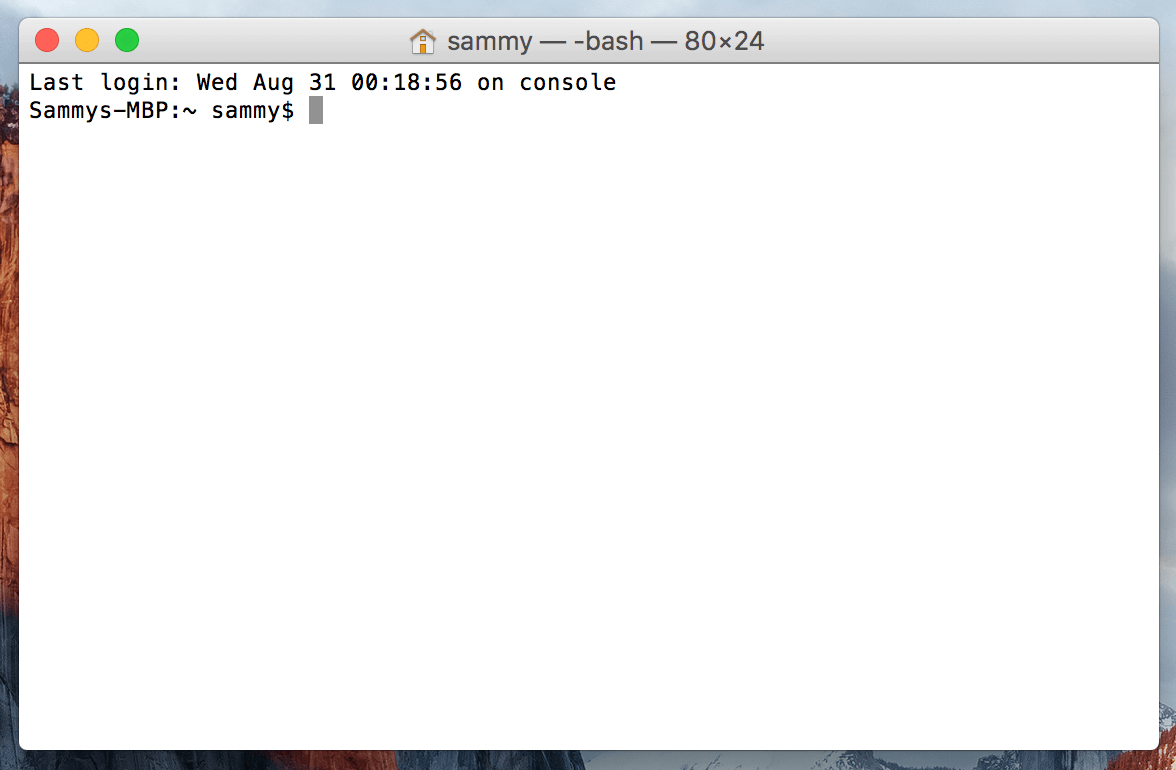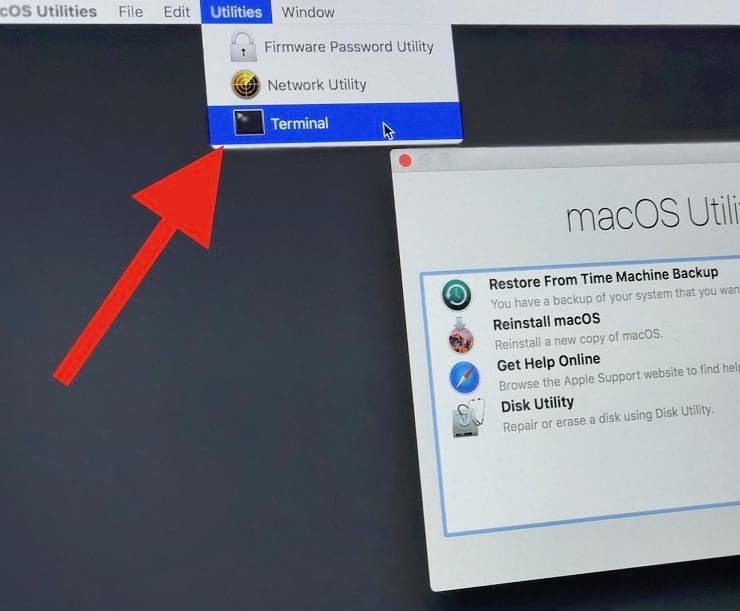

- How to open command prompt on mac lock screen windows 10#
- How to open command prompt on mac lock screen Pc#
- How to open command prompt on mac lock screen windows#
Note : This command sets the lock screen timeout setting for your PC if it is plugged into a power source. Powercfg.exe /SETACVALUEINDEX SCHEME_CURRENT SUB_VIDEO VIDEOCONLOCK 120 This means that if you want to remove the time from the lock screen after two minutes, you will not enter this command: Replace with your desired time in seconds. Powercfg.exe /SETACVALUEINDEX SCHEME_CURRENT SUB_VIDEO VIDEOCONLOCK With Command Prompt open, run this command. Next up, select “ Run As Administrator” option from the menu that appears.
How to open command prompt on mac lock screen windows#
Right-click on “ Command Prompt” by typing “ cmd” in the Windows search bar and then from the results. To do this, you will need to open a command prompt as an administrator. You can determine the need to pass ahead of time using the command prompt. When you lock your PC, the lock screen will usually display a certain amount of time ahead of time. Set the Lock Screen Time-out Setting Using Command You must sign in with your password, PIN, or whatever sign-in method you usually use. Your PC will lock as soon when it is executed.
How to open command prompt on mac lock screen windows 10#
Here, run the following command to lock your Windows 10 PC. First, click on the “ Start” menu, and type “ cmd” in the Windows search bar and then select “Command Prompt” from the search results.Īlternatively press “Windows + R” to open Run type CMD in text box press Ok button. Using Command Prompt Lock Your Windows 10 PC Although this may not be the fastest way to lock your Windows 10 PC, you can do it using the command prompt. So, one thing you need to know before making the move to cyber security, hacking is to keep your PC locked at all times. No one should misuse our personal data and your office details should not be leaked.

Then press the power button to turn on your Mac. Press and hold all keys in the combination together, not one at a time.If a key combination doesn't work at startup, one of these solutions might help: Eject (⏏) or F12 or mouse button or trackpad button: Eject removable media, such as an optical disc. Disabled when using a firmware password.Command-V: Start up in verbose mode. Disabled when using a firmware password.T: Start up in target disk mode. Disabled when using a firmware password.Disabled in macOS Mojave or later, or when using a firmware password. Command-S: Start up in single-user mode.To use the default boot image on the server, press and hold Option-N instead. Disabled when using a firmware password. N: Start up from a NetBoot server, if your Mac supports network startup volumes.Or use Option-D to start up to this utility over the internet. Disabled when using a firmware password.


Keep holding until the described behavior occurs. To use any of these key combinations, press and hold the keys immediately after pressing the power button to turn on your Mac, or after your Mac begins to restart.


 0 kommentar(er)
0 kommentar(er)
